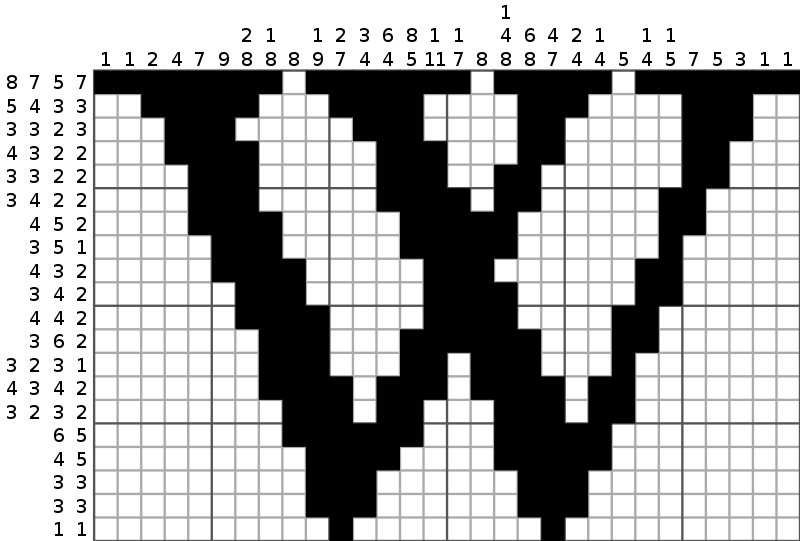Do you love puzzles? The satisfaction of solving a puzzle is quite fulfilling. The excitement of figuring out what and where to place a certain value makes the process a lot more fun, not to mention the final picture you get after solving a Nonogram. You’ve probably enjoyed various puzzle games such as picture cross, but have you ever wondered how they came to be? Let’s take a look at a brief history of the Nonogram puzzle to establish how old and popular the games are and the inspiration behind their existence.
With their origin tracing to Japan, Nonograms date back to the 1980s. In 1987, Non Ishida, a graphics editor, designed a picture created by switching certain lights on/off in a skyscraper. After winning the competition to design the picture, Non Ishida got the inspiration to design a puzzle on the same concept, filling certain squares in a grid to form an image. The following year, Ishida published the picture cross-game under the name Window Art Puzzles in Japan. The same year, Tetsuya Nishio, a renowned professional Japanese puzzler, independently published a similar puzzle in a different magazine, and the trend started to pick off.
In 1989, after the puzzle’s popularity in Japan continued to scale new heights, James Dalgety, through Non Ishida, learned about the wonderful Window Art Puzzles. They collaborated to commercialize the puzzle beyond Japan. In 1990, James managed to have the puzzle published in The Telegraph on a trial period. James invented the name Nonogram, devised from “Non” from Non Ishida, and “gram” from the word diagram (Non Ishida Diagram). After a successful trial period, Nonograms became a weekly issue, published in Sunday Telegraph.
After recording impressive progress on the Telegraph, in 1993, Nonogram was picked by one of Japan’s biggest newspapers, Mainichi, and started to feature the puzzle, popularizing it across the country. The same year, Non Ishida published the first Japanese book of Nonograms, followed by The Sunday Telegraph Book of Nonograms in the UK, published by Pan Books. The trend continued to spread beyond Japan and the UK, quickly gaining popularity in United States, Sweden, South Africa, and other countries.
As puzzles took the world by storm, in two years (1995), Pan Books were already publishing the fourth Sunday Telegraph Book of Nonograms. By then, James and Non Ishida’s collaboration came to an end, and in 1998, the Sunday Telegraph, through a competition, chose their name for the puzzle, with Griddler winning the readers’ favor. In1999, the Griddler Book was published in the Sunday Telegraph, and they continue to issue one book per year.
While the Sunday Telegraph was the first house to realize the Nonogram’s potential and has been publishing since the 1990s, today, picture cross puzzles are readily available on various publications, hand-held electronic devices, toys, and plastic puzzle toys. Today, picture cross puzzles are known by different names due to copyright issues. The popular names include Nonograms, Griddlers, Japanese Crosswords, Pic-a-pix, Cryptopics, CrossPix, and Paint-By-Numbers, to mention a few.
